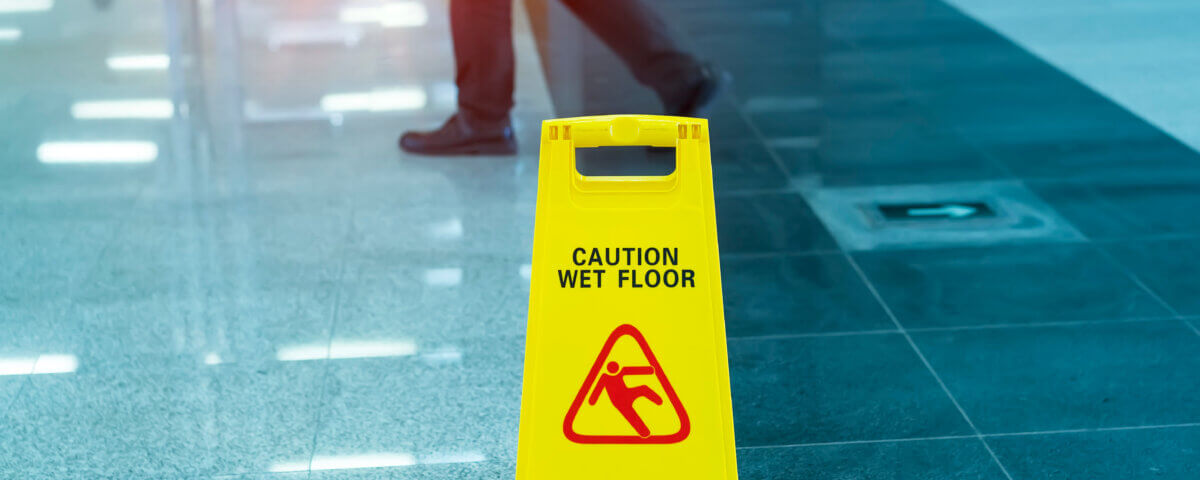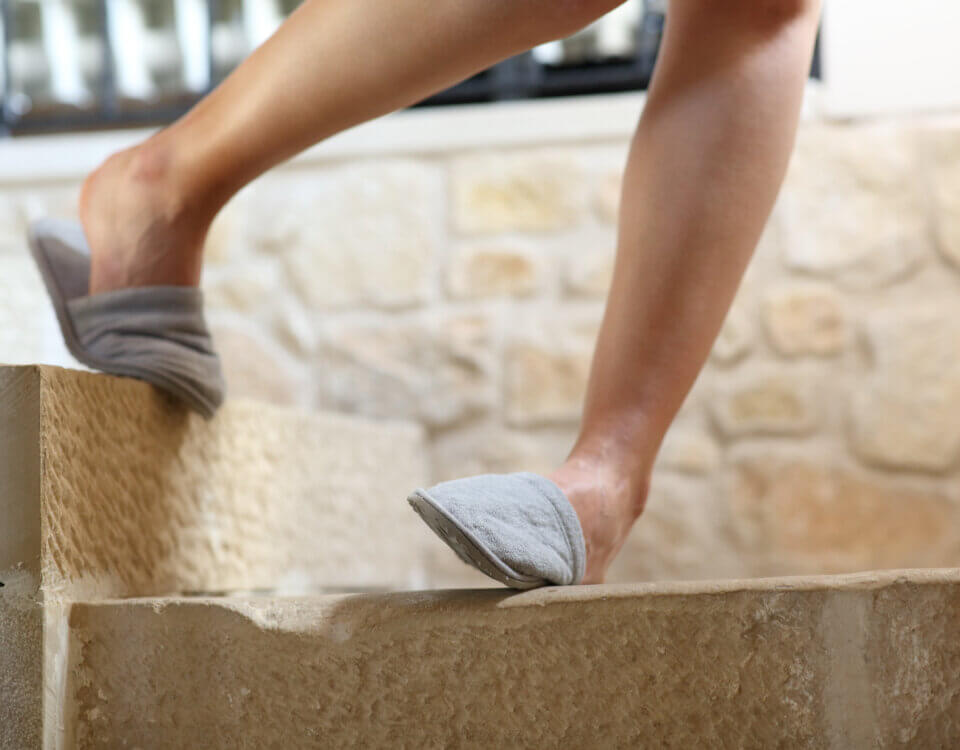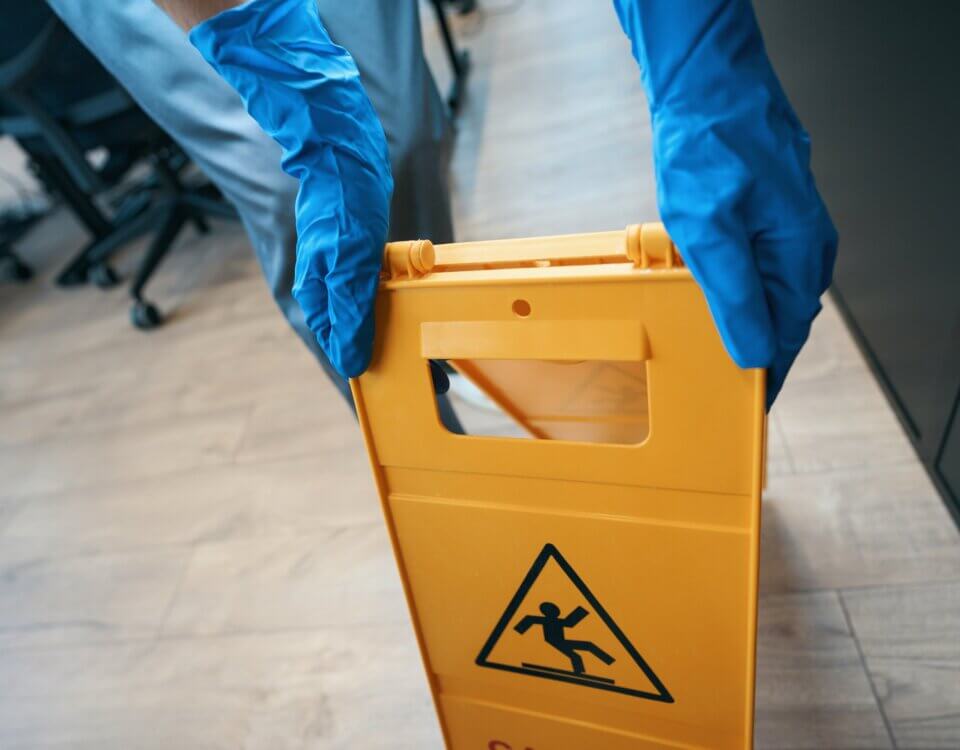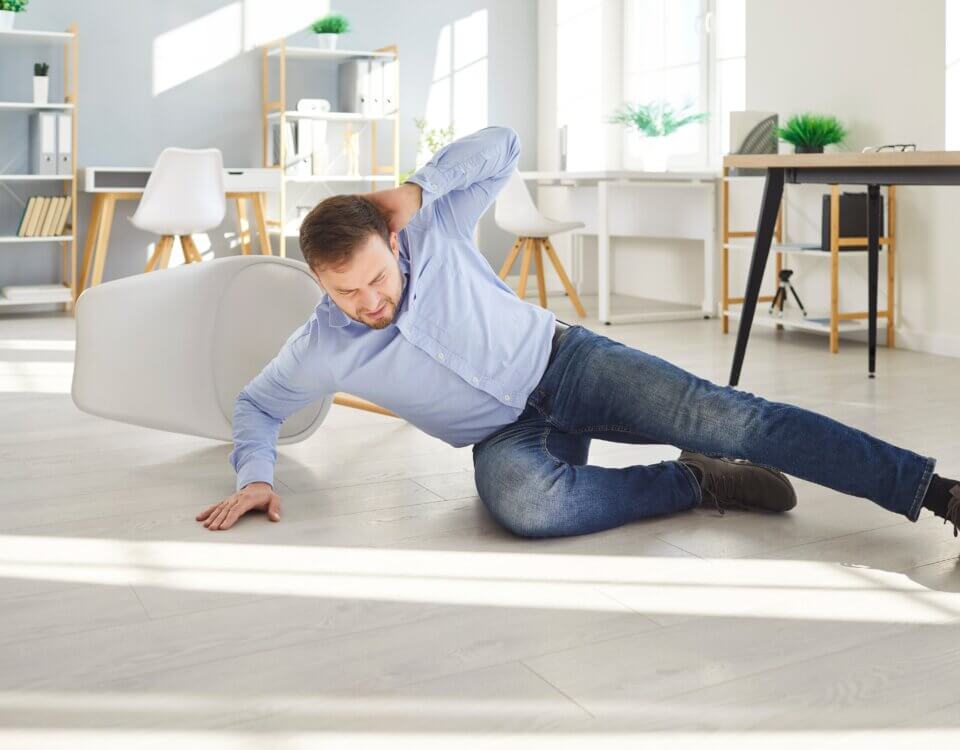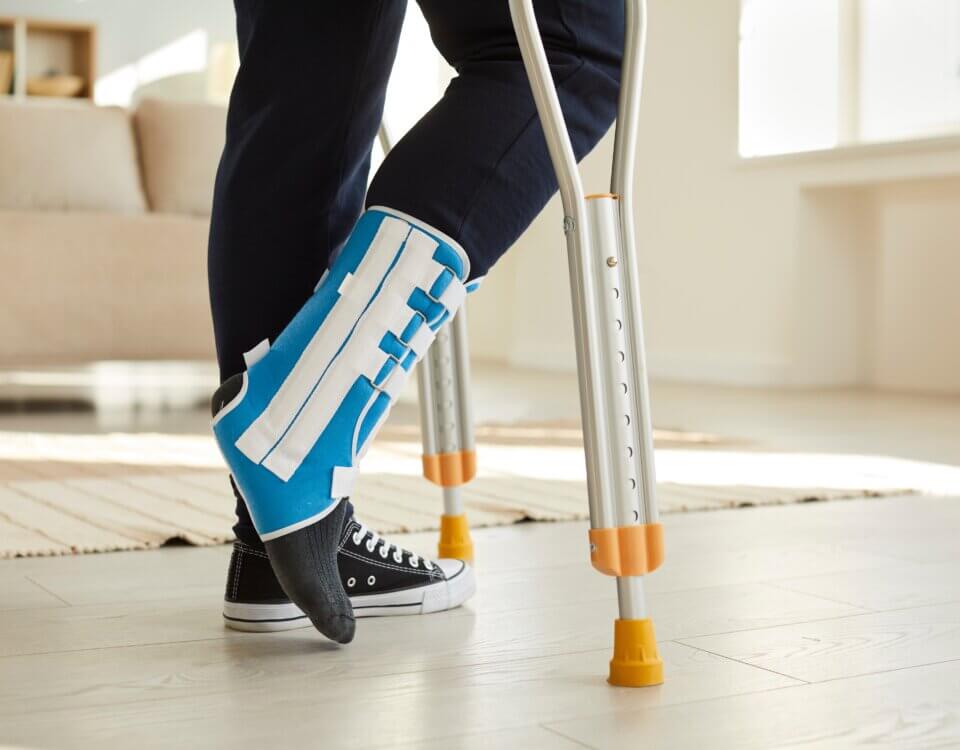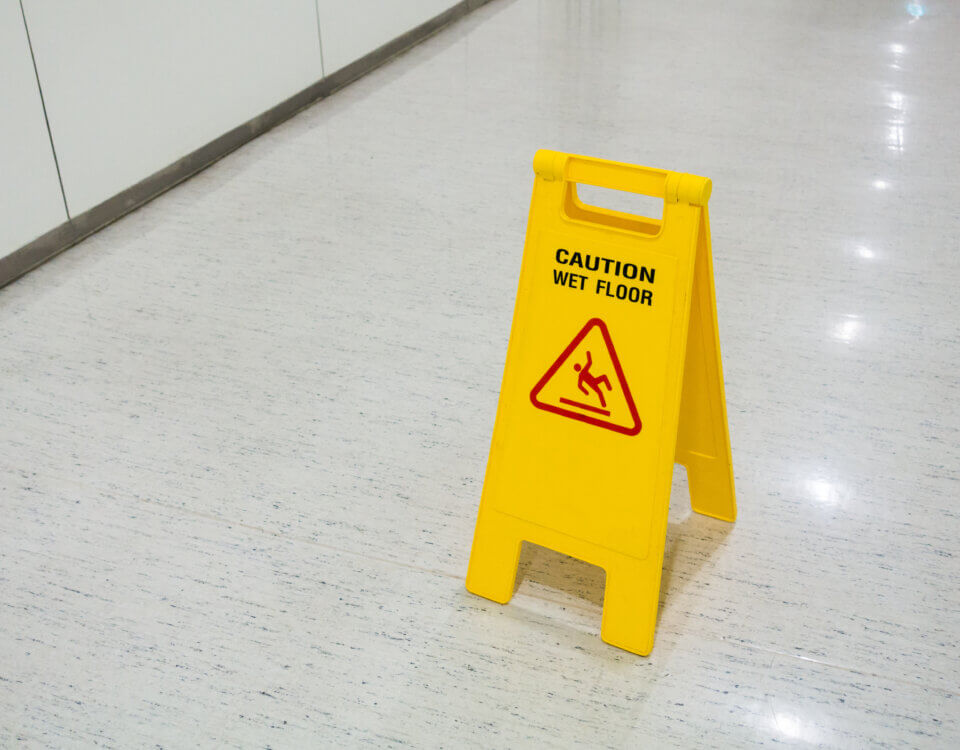Slip and fall accidents are among the most common types of personal injury cases but successfully filing a claim isn’t always straightforward. In California, not every fall results in a valid lawsuit. To seek compensation, the injured party must prove that another party’s negligence directly caused the accident and resulting injuries.
At Hillstone Law, we help clients navigate the complexities of slip and fall claims, ensuring they understand their rights and what it takes to build a strong case. Below, we break down the key elements of liability, evidence, and legal responsibility in these cases.
When Is a Slip and Fall Claim Legally Valid?
For a slip and fall claim to be legally viable, it must be proven that:
- The property owner or manager owed the victim a duty of care
- That duty of care was breached through negligence
- The breach caused the slip and fall
- The victim suffered actual damages as a result
Minor slips with no serious injuries typically don’t result in legal claims. However, if you sustained significant physical harm, and it was caused by hazardous conditions the property owner failed to address, you may be entitled to compensation for your medical bills, lost wages, and other losses.
Where Slip and Fall Accidents Commonly Occur
These accidents frequently happen in:
- Commercial buildings
- Workplaces
- Grocery stores and restaurants
- Apartment complexes
- Public sidewalks and parks
Business owners and property managers are required to maintain safe environments. If they fail to correct or warn about dangerous conditions such as wet floors, broken handrails, or poor lighting they may be held liable.
Understanding Liability in Slip and Fall Cases
Proving liability is the cornerstone of a successful slip and fall case. The court will examine whether the defendant:
- Owned or controlled the property
- Knew (or should have known) about the hazardous condition
- Failed to take reasonable steps to fix or warn about the danger
If the property owner can demonstrate that you were responsible for your own injuries for instance, if you ignored posted warnings they may argue comparative negligence to reduce or eliminate their liability.
Slip and Fall vs. Mere Accidents: What’s the Difference?
Not every fall is grounds for a lawsuit. Some falls result from purely accidental circumstances or the victim’s own oversight. However, if a fall was caused by:
- Recently mopped or waxed floors without warning signs
- Uneven or cracked pavement
- Obstructed walkways
- Loose carpets or rugs
- Inadequate lighting in stairwells
…then the incident may qualify as a premises liability case. The injured party must prove that these dangerous conditions were present and that the property owner was negligent in addressing them.
How to Prove a Slip and Fall Case
To build a strong claim, you or your attorney must gather evidence that proves:
- Who owned or controlled the property
- The existence of a dangerous condition
- The property owner’s failure to correct or warn about it
- A direct link between the hazard and your injuries
Evidence can include incident reports, medical records, photographs of the scene, surveillance footage, and witness testimony. In many cases, a medical professional can help confirm the injuries and their connection to the fall.
What Conditions Increase Liability?
Several factors can influence the outcome of a slip and fall claim:
- Failure to perform regular inspections
- Ignored complaints about the hazard
- Lack of warning signs or barriers
- Inadequate lighting or maintenance routines
Courts often use the reasonable person standard would a reasonable property owner have identified and corrected the hazard within a reasonable timeframe? If the answer is yes, and they didn’t act, they may be held liable.
Get Legal Help from Hillstone Law
Slip and fall cases are rarely simple. If you’re unsure whether you have a valid claim, or you’ve already been injured due to someone else’s negligence, it’s crucial to consult with an experienced personal injury attorney.
At Hillstone Law, our attorneys are dedicated to helping injury victims understand their rights and recover maximum compensation. We’ll evaluate the strength of your case, collect critical evidence, and aggressively pursue a fair settlement or take the matter to trial if needed.
Note: These blog posts are created solely for the use of Hillstone Law. The information is gathered from internet research, publicly available sources, and artificial intelligence (AI) tools such as ChatGPT. While we aim to share helpful and educational content, Hillstone Law does not independently verify every detail. Some information may be incomplete, outdated, or subject to change without notice. If you believe any part of a post is inaccurate, misleading, or infringes upon copyright, please contact Hillstone Law immediately so we can review it and take appropriate action, including correction or removal.
Disclaimer: The material provided in these blogs is for general informational purposes only and should not be considered legal advice. Reading these posts does not create, and is not intended to create, an attorney-client relationship with Hillstone Law. Our intent is to share knowledge, raise awareness, and provide helpful resources to the public; however, Hillstone Law makes no warranties or guarantees about the accuracy, completeness, or reliability of the information provided, and expressly disclaims liability for any actions taken in reliance on it. The photos used in these posts are for illustrative purposes only and do not depict actual clients, individuals, or incidents unless expressly stated. If you or a loved one has been injured in an accident, please contact Hillstone Law at (855) 691-1691. Our attorneys are available to answer your legal questions and help you understand your rights.
